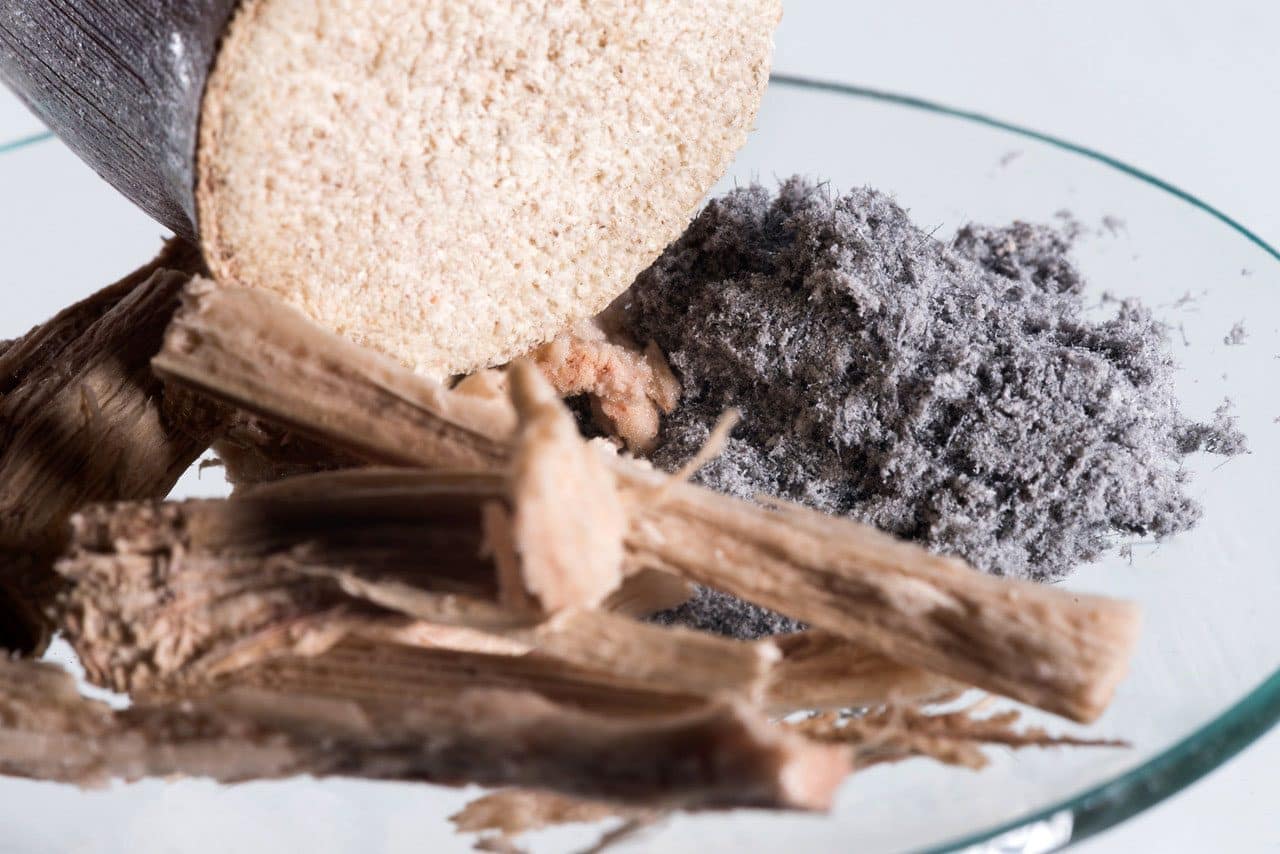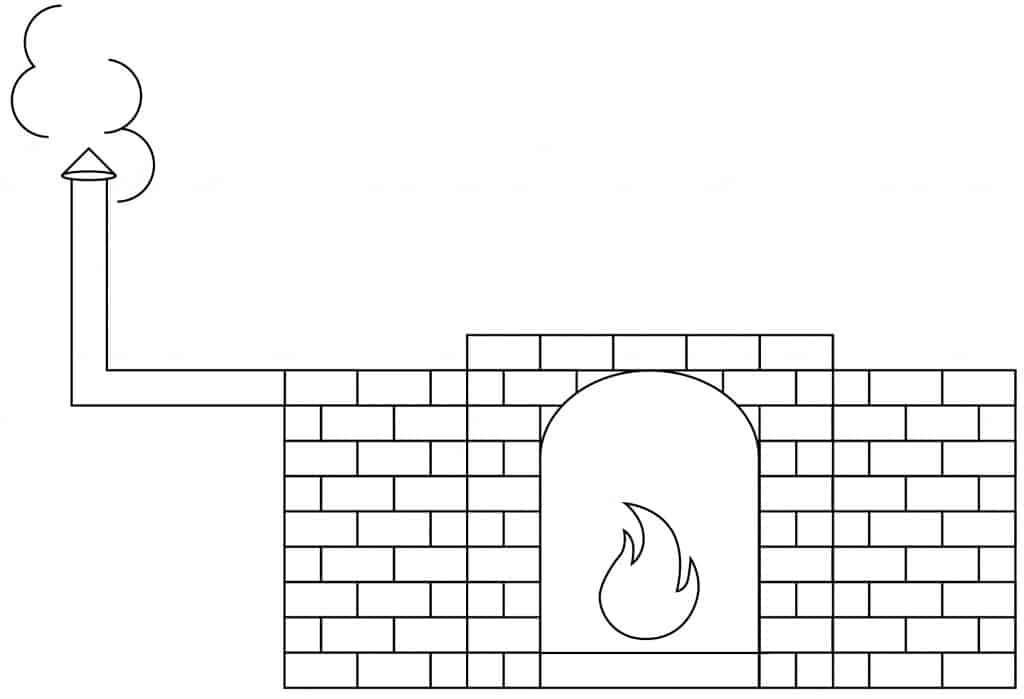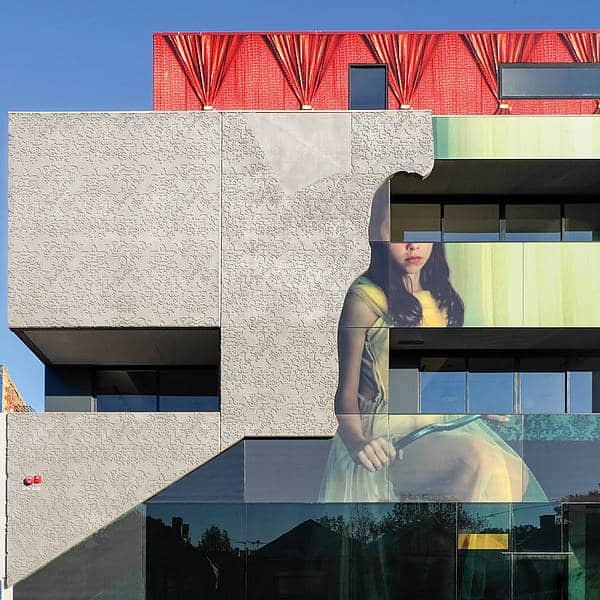
Stories
Architects to the climate front
Initiatives like Architects for Future bring the issues of climate change to the industry. They make demands: to focus on existing rather than new buildings and give preference to renewable raw materials instead of concrete.
But concrete is changing, too: Researchers are investigating new ways to make this proven building material more sustainable. They have found a possible solution in Africa: A cement substitute can be obtained from cassava roots.
Architects for Future wants to encourage architects in climate-friendly, sustainable building. One of their areas of criticism: CO2 emissions when using concrete.

There is currently no lack of ideas and commitment to make the construction industry more climate-friendly. The need is great: According to the World Green Building Council, the construction sector is responsible for more than a third of CO2 emissions worldwide. That is why the German government intends to reduce emissions in the construction industry by up to 67 percent by 2030 compared to 1990. The target is to be reached through support programs, new rules and higher CO2 taxation.
Architects for Future is an initiative that has emerged from within the industry that is committed to meeting the goals of the Paris Climate Convention and limiting global warming.
Architects are at the forefront of sustainable building because they have the planning authority for projects and make many decisions together with specialist planners.
Even though the initiative is only about one year old, 30 local groups with approx. 500 members have already been created. Architects for Future is not only made up by architects, but also in general to people interested in the construction industry. The initiative is currently financed through donations.
Architects for Future
Seven demands

The founders of Architects for Future raise seven demands vis-a-vis the construction industry. Andrea Heil from the local group in Munich says about the basic claim: “Materials have major leverage when it comes to climate-friendly construction, but other thoughts must be considered first.”
The most important thing is to build less and focus more on existing buildings.
Heil and her initiative believe that before demolition, a careful analysis of the existing structure should always come first. This is accompanied by a search for and implementation of real material cycles. “Not all architects have to be experts in timber construction or calculate ecological balances. It is important, however, for architects not only to think about new construction on green land, but also about how a building can be preserved.” It is also important to analyze what is actually needed. “One should ask oneself, for example, how multiple uses of rooms can be created. Do I even need a guest room or is it better to have communal rooms?”
Heil is also a member of the Cradle to Cradle Alliance Construction & Architecture and is convinced that climate protection can only be achieved with cycle-appropriate construction. The life cycle of a building can be extended not only by recycling materials but begins with its construction and planning: “In a building, the supporting structure has a service life of 50 to 100 years, but the façade may only last 20 years. This is why it is important from the outset to design building components with different life spans in such a way that they can be dismantled and renewed independently.”
As far as materials are concerned, Architects for Future advocates the use of renewable raw materials such as timber for supporting structures and hemp or seaweed for insulating materials:
“Renewable raw materials have more CO2 stored within them than they emit during production. In addition to the CO2 balance of building materials, it is also important to ask to what extent they are recyclable,” says Heil.
Here too, analysis is always complex. While steel or other metals can be easily recycled, their production causes high CO2 emissions.
Recycled concrete aims to improve the CO2 balance of the building material: At least 25 percent of gravel is replaced with granulate from demolished buildings. Architects for Future activist Heil still has doubts: “Although the use of recycled concrete is much more established in Switzerland than in Germany, its CO2 balance needs to be analyzed carefully.”
This is because during the production of recycled concrete, more cement is added to increase its strength and because the broken concrete is more porous than gravel. In addition, parts of the granulate obtained are not reused, but are used in civil engineering. Architects for Future want to avoid such down-cycling. Currently, it is still very complex, in technical terms, to separate concrete into its original components that are sand, gravel and cement stone in order to realize a real material cycle, according to their criticism.
Research with bio-based cement substitutes

© Michael Kweku Commeh
Wolfram Schmidt from the Federal Institute for Materials Research and Testing (BAM) therefore directly addresses the heart of the problem: Cement, whose production releases large quantities of CO2.
Schmidt is experimenting with cement substitutes to make the building material concrete more environmentally friendly.
He discovered a promising solution in Africa: Together with students in Nigeria and Ghana, the materials researcher constructed a kiln with which cement substitutes can be produced from agricultural waste with minimal CO2 emissions. For this purpose, the research group used the peel of manioc roots. Normally, the peel is agricultural waste and has no further use. The kiln is located on the campus of the University of Ghana and works in two stages: Hydrolysis is carried out first, in which the organic components – for example starch – are separated from the peel. Then the peel is burned at approx. 800 °C. This process generates energy, and the remaining ash is used to produce cement-like substitutes with a significantly better CO2 balance.
“Concrete required new sustainable formulas that depend on local resources,” says the materials researcher. That is why Schmidt also wants to use other bio-based materials for new concrete formulations, including sugar cane or rice husks. If they are used based on their local occurrence, their use is sustainable.
A bio-based cement substitute can equally replace cement and sometimes even achieves a better performance.
With rice husks, for example, a performance gain of up to 20 percent is possible. The performance of climate-friendly concrete always depends on its overall chemistry: plant species, soil type, nutrients, silicon content, aluminum content, etc.

Schmidt and his students in Nigeria are planning to build a concrete house with bio-based cement substitute. It will serve as a lab for further research in this area. When constructing the lab, Schmidt wants to use concrete molds from RECKLI to show how climate-friendly concrete can be shaped with unique designs.
Innovative concrete formulas, alternative materials, the material cycle principle: Ultimately, no one path will lead to the goal alone. Climate-friendly building is complex – and the solution will be correspondingly diverse.

